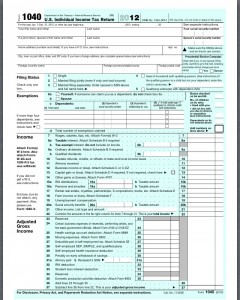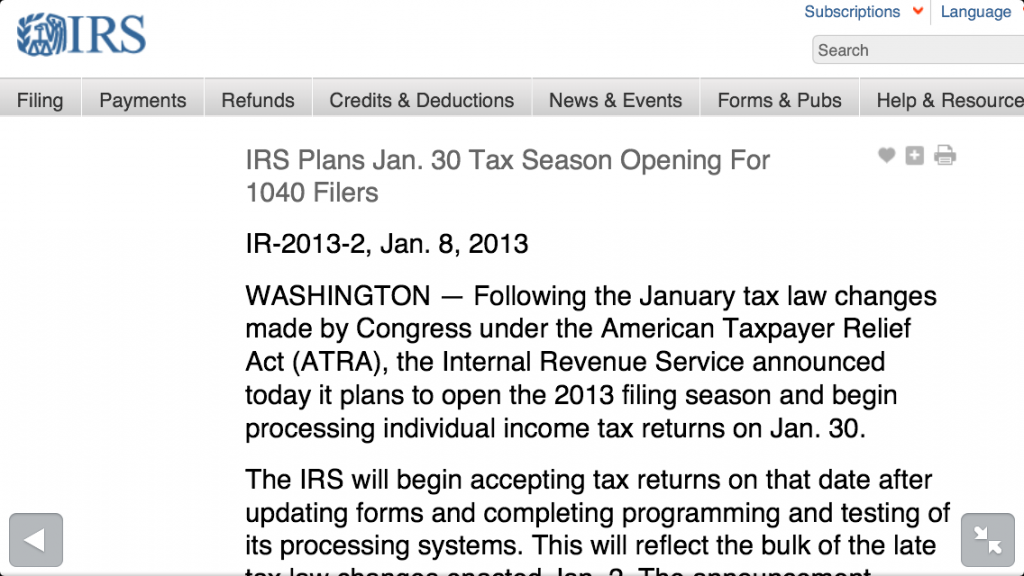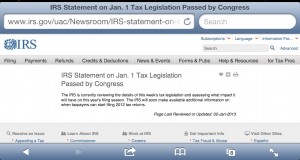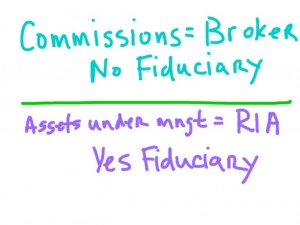Yup – there is a new tax in town for 2013 and it can add up quick. You can get hit in two ways (1) additional Medicare payroll tax and/or (2) new Medicare contribution tax on unearned income. Let’s take a look at the taxes individually.
The Medicare payroll tax increase applies to married joint filers with combined wages of you and your spouse exceeding $250,000 (singles $200,000). If you are one of the lucky ones considered high wage, your Medicare payroll tax (technically called hospital insurance or “HI”) will increase by 0.9 percent from the standard 1.45 percent to 2.35 percent. So if you are a couple with combined wages of $300,000, you will owe HI tax at a rate of 1.45 percent on the first $250,000 of wages, and HI tax at a rate of 2.35 percent on the remaining $50,000 of wages for the year costing you an additional $450.
The new Medicare contribution tax on unearned income (or commonly called the net investment income tax) is a little trickier to figure out. Net investment income is generally considered income from interest, dividends, annuities, royalties and rents, and capital gains, as well as income from a business that is considered a passive activity. This new tax is equal to 3.8 percent of the lesser of net investment income or your modified adjusted gross income that exceeds $250,000 for married joint filers (singles $200,000). Your modified adjust gross income is basically your income increased by any foreign earned income exclusion. So if you are a couple with $50,000 of net investment income subject to the new tax, you would pay an additional $1,900 in Medicare tax (on top of your normal income tax). Clear as mud?
The following types of income are excluded from the new Medicare unearned income tax, interest on tax-exempt bonds, veterans’ benefits, excluded gain from the sale of a principal residence, and qualified retirement plan and IRA distributions.
You want the best for last? All right then, you can be subject to both taxes in the same year. If you wages exceed the brackets listed above and if you have unearned income above the threshold, then Bibbidi-Bobbidi-Boo you win the daily double.






 Estate Tax
Estate Tax
